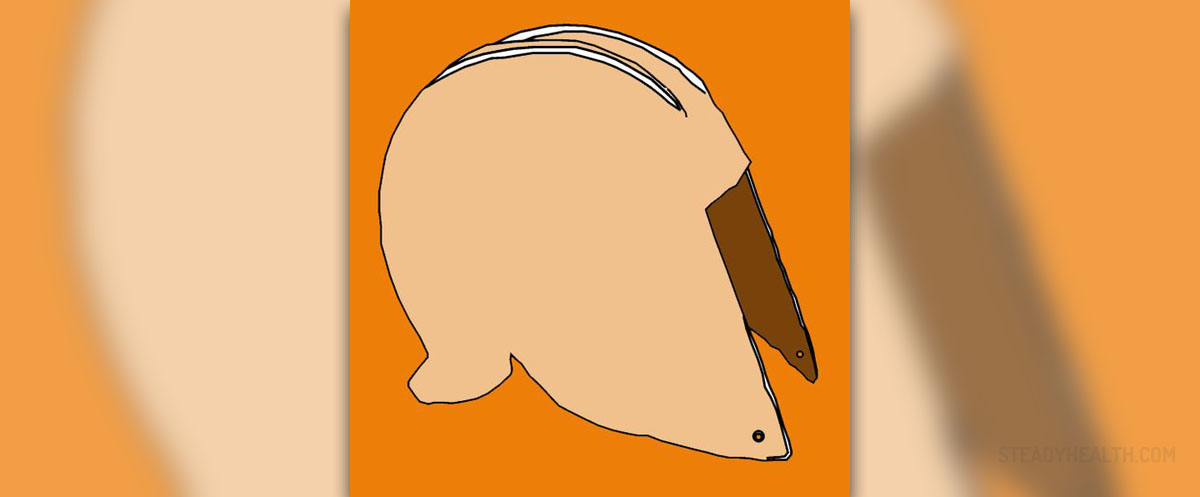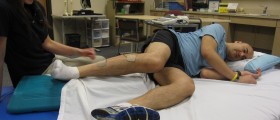
Syringomyelia is a medical condition characterized by formation of a fluid-filled sac or cavity within the spinal cord. This sac is medically known as syrinx. Syringomyelia can be classified into several different types.
Types of Syringomyelia
Syringomyelia with fourth ventricle communication affects approximately 10% of all patients. It is easily confirmed with MRI. In case a patient develops blockage of CSF (cerebrospinal fluid), he/she undergoes a shunt operation. There is also syringomyelia due to blockage of CSF circulation with no fourth ventricular communication. With 50% this is the most common type of syringomyelia.
Furthermore, syringomyelia may develop as a consequence of spinal cord injury (spinal trauma, radiation necrosis, hemorrhage associated with aneurysm rupture or arteriovenous malformation) or infection.
Syringomyelia may also occur due to spinal disgraphism or some intramedullary tumors. And finally, in some cases the underlying cause remains unknown, therefore, this type of syringomyelia is classified as idiopathic.
Syringomyelia Pathophisiology
There are three theories regarding syringomyelia, Gardner's, William's and Oldfield's theory.
According to Gardner's hydrodynamic theory, syrinx forms as a consequence of blockage of the foramen of Magendie.
William's theory pursues a difference between the pressure inside the skull and spinal pressure caused by a valvelike action of the foramen magnum.
Odlfield's theory relies on movement of the cerebellar tonsils during systole. This particular oscillation has a piston-like effect onto the subarachnoidal space. The result is in a form of forcing CSF to go through the perivascular and interstitial spaces into the syrinx. The final effect is increase in intramedullary pressure.
There is one more theory which proposes increase of pulse pressure in the spinal cord as a potential trigger of syrinx formation.
Syringomyelia Clinical Characteristics
Progression of the disease is generally quite slow. It may take many years until first symptoms occur. In case of syringobulbia (formation of a syrinx inside the brain stem) symptoms develop rapidly.
All symptoms and neurological deficits associated with syringomyelia depend on the location of the lesion within the neuraxis.
One of sensory manifestation is dissociated sensory loss (inability of one to feel mediate pain and loss of temperature sensibility). Furthermore, large syrinx are connected with loss of position and vibration senses in the feet. Dysesthetic pain is a common problem of people suffering from syringomyelia. It is located in the neck or shoulders, but may also radiate towards the arms and trunk.
Motor manifestations are in a form of diffuse muscle atrophy that basically starts in the hands and then progresses proximally affecting the forearms and shoulder girdles. The condition may be also associated with respiratory insufficiency.
Autonomic manifestations include impaired bowel and bladder functions, sexual dysfunction and Horner's syndrome.
Finally, extension of the syrinx may cause additional symptoms and signs depending on the very location of the lesion.



_f_280x120.jpg)





_f_280x120.jpg)







Your thoughts on this
Loading...